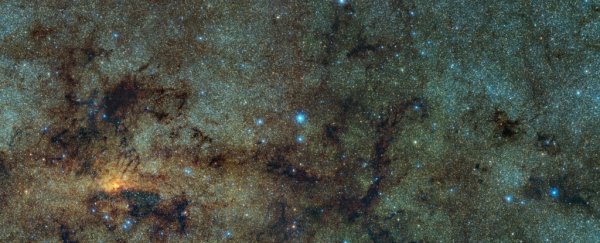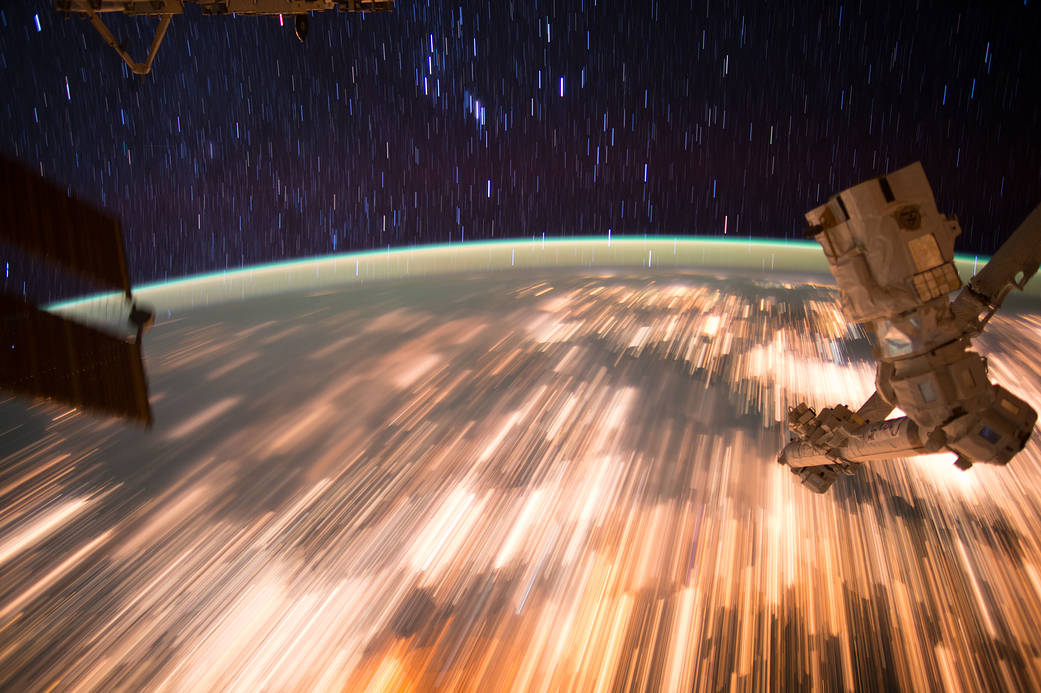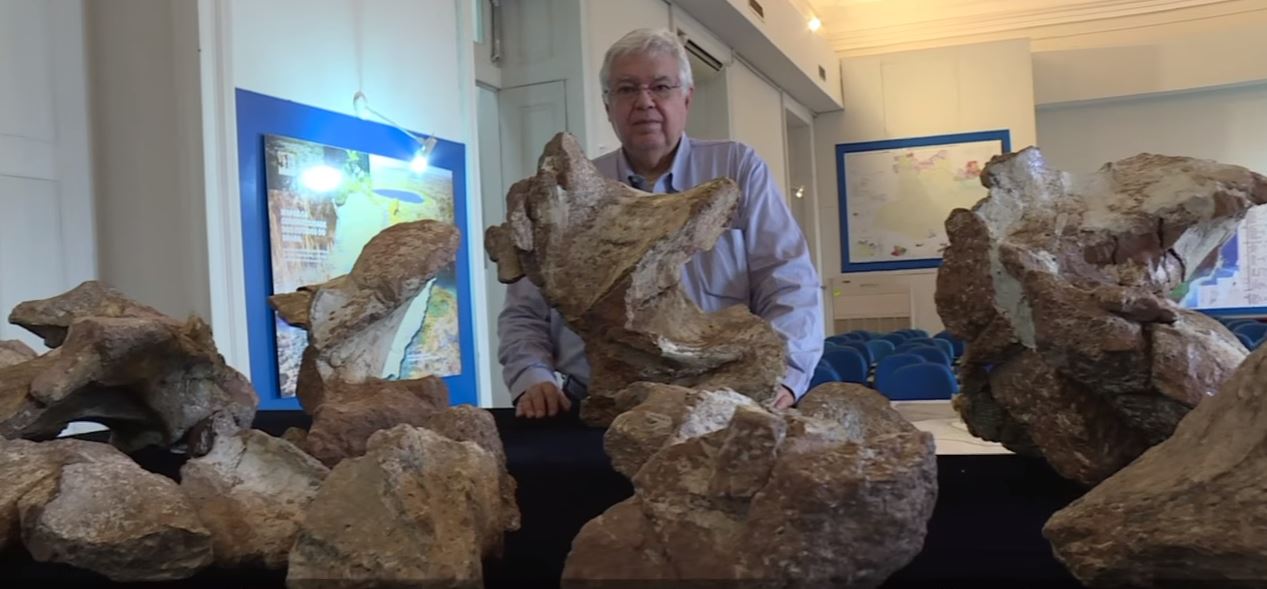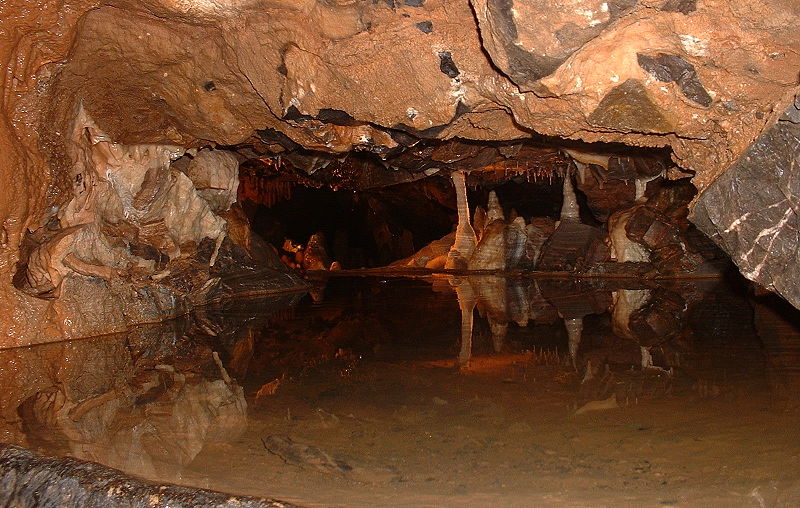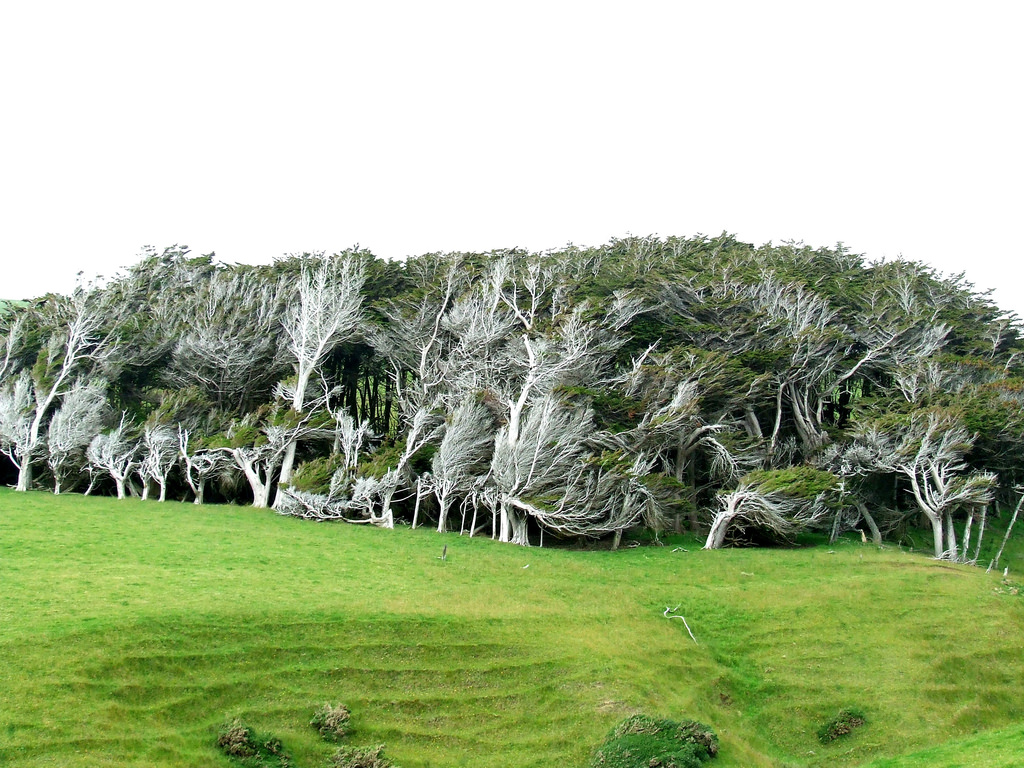From ancient cannibalism and hallucinations, to sideways trees and the Milky Way's ancient heart - these are our favourite science images of the week.
It's time to bask in the awesomeness of these incredible shots, and the fascinating research behind them.
6. Star trails captured from the International Space Station (ISS)
NASA astronauts onboard the ISS managed to snap this photo of star trails on 3 October 2016.
The reason why the lights on Earth and the stars in the background are so blurred is because the astronauts were travelling at break-neck speed of 28,163 kilometres per hour (17,500 mph) as they took the picture.
At this speed, the ISS orbits Earth about every 90 minutes, and those onboard see 16 sunsets and sunrises every single day. Good luck getting over that kind of jet lag.
5. A video that induces visual hallucinations in healthy people
 Joel Pearson
Joel Pearson
Researchers from the University of New South Wales in Australia have developed a simple video that makes healthy people have visual hallucinations in the form of grey blobs.
While it's a far cry from the craziness of drug-fuelled hallucinations, the video represents an easy way for researchers to study how different individuals experience the hallucinations - which are usually different from person to person - by adding a whole lot more control over their experiments.
You can try it for yourself here, but be warned: it contains flashing lights and isn't recommended for those who suffer from migraines or epilepsy.
4. The remains of Brazil's biggest dinosaur were hidden in a cupboard for 60 years
After 60 years in storage, palaeontologists in Brazil have finally analysed the remains of the biggest dinosaur ever found in the country, which researchers have named Austroposeidon magnificus.
A type of titanosaur (a class of herbivorous sauropods), the hulking dinosaur would have been about 25 metres (82 feet) long when it roamed the Earth some 66 million years ago.
3. A cave where people ate each other
People - that's what's for breakfast. Well, at least it appears to have been in Gough's Cave in the UK, where skeletal remains from 15,000 years ago show signs of ancient cannibalism.
"We've found undoubting evidence for defleshing, disarticulation, human chewing, crushing of spongy bone, and the cracking of bones to extract marrow," one of the researchers, Silvia Bello, from London's Natural History Museum, told BBC News.
It's extremely difficult to distinguish cannibalism from ritualistically cleaning bones of their flesh after a person has died, but there's evidence from all over the world suggesting that our ancient ancestors were partial to gnawing on a human femur from time to time.
2. The sideways trees of Slop Point, New Zealand
No, these aren't some kind of rare trees that only grow in New Zealand. They're normal trees, of various varieties, that have grown in a relentless gust of wind, making them grow sideways.
This rare phenomenon is unique to Slope Point, which lies at the southernmost tip of New Zealand's South Island, and it's because the area is the only place on Earth where uninterrupted Antarctic winds continuously blow up from the south.
Because of these conditions, Slope Point is fairly barren, with only a few trees and sheep milling about from neighbouring farms.
1. The Milky Way's ancient heart
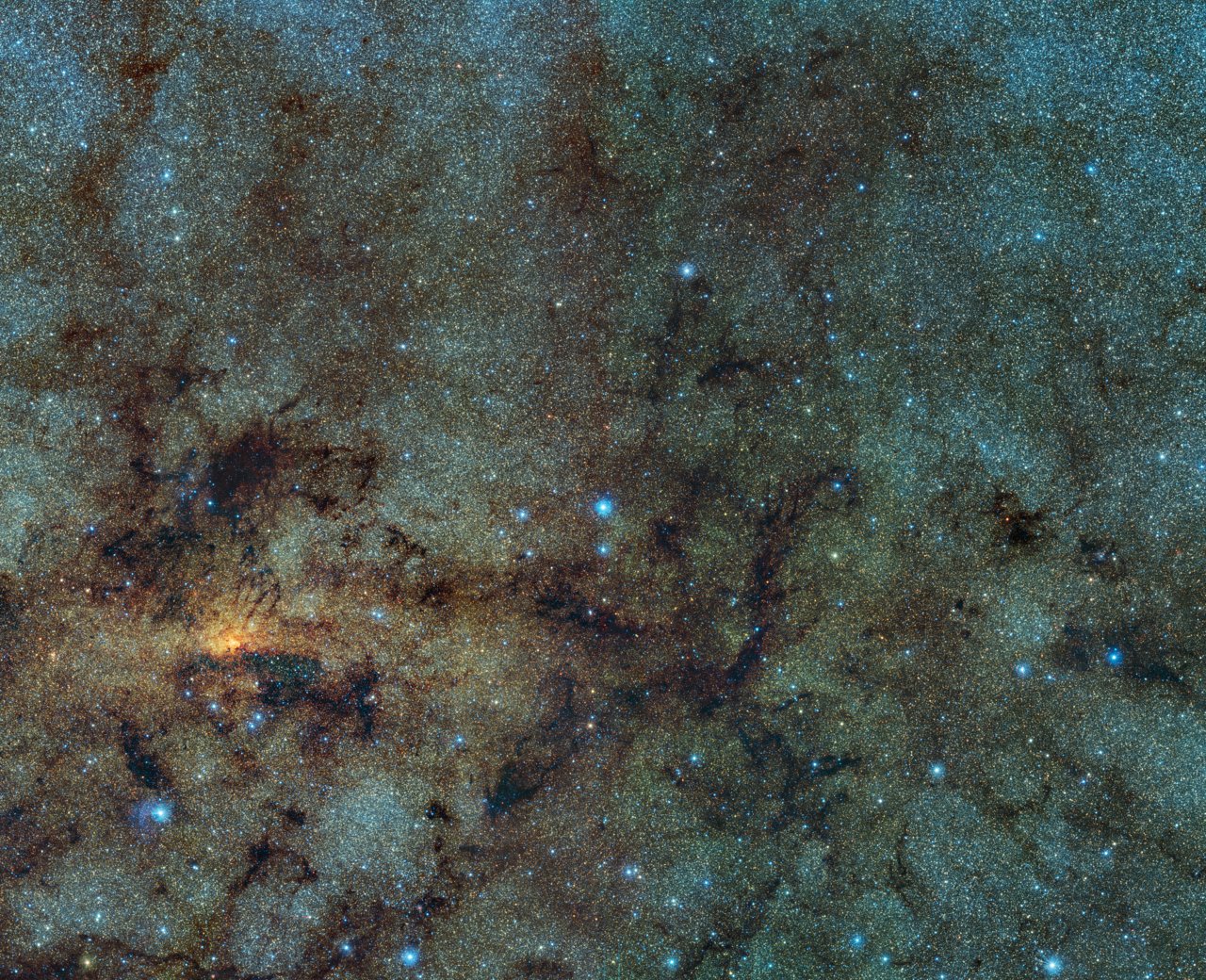 ESO
ESO
This spectacular shot of the Milky Way's core was captured by astronomers using the European Southern Observatory's (ESO's) VISTA infrared telescope, which can cut through dust clouds to reveal stars that we otherwise can't see.
While seeing inside the centre of our galaxy is impressive no matter what, the team is particularly excited about this one, because it revealed ancient stars known as RR Lyraes, which are over 10 billion years old.
